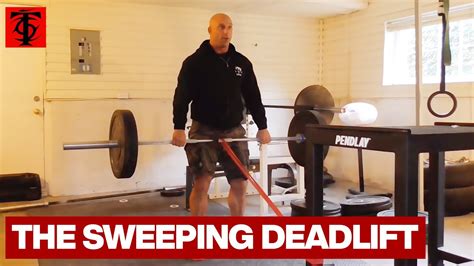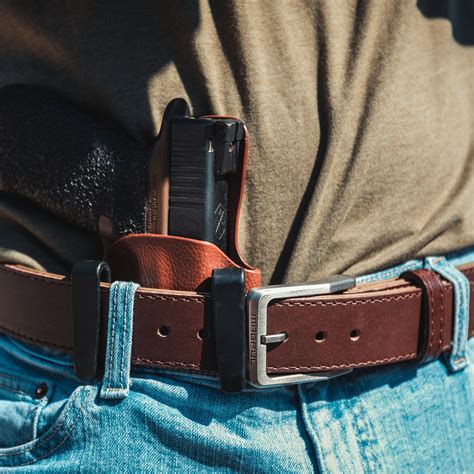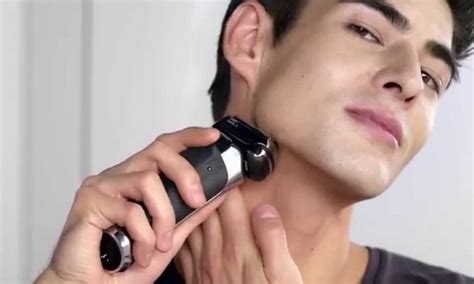Optimize deadlift form for maximal power & injury prevention?
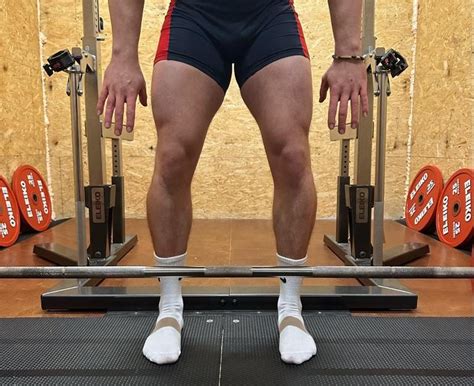
The Foundation of a Powerful Deadlift
The deadlift is often hailed as the king of all exercises, engaging almost every major muscle group in the body, from your hamstrings and glutes to your back and core. When performed correctly, it’s an unparalleled movement for building strength, power, and overall athleticism. However, its immense power potential comes with an equally significant risk if executed with improper form. Optimizing your deadlift technique isn’t just about lifting heavier; it’s about lifting smarter, ensuring longevity in your training, and safeguarding your body against preventable injuries.
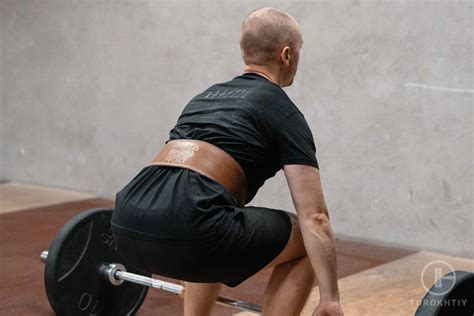
Understanding Core Principles: Stance and Setup
Before you even think about pulling the bar off the floor, your initial setup is paramount. This foundational step dictates the efficiency and safety of the entire lift.
- Stance: For a conventional deadlift, stand with your feet hip-width apart, shins close to the bar (about one inch away), with the bar positioned over your mid-foot. Your toes should be pointed slightly outward, mirroring your natural squat stance.
- Grip: Grip the bar just outside your shins, using either a double overhand grip (great for developing grip strength, but can limit heavier lifts) or a mixed grip (one palm forward, one palm back, offering a stronger hold for heavier weights). Ensure your hands are evenly spaced.
- The Setup (Initial Position): Hinge at your hips, pushing your glutes back as if reaching for a wall behind you, while keeping your back straight and chest up. Your shoulders should be slightly in front of the bar. Lower yourself until you can grasp the bar without rounding your back. Engage your lats by pulling your shoulders down and back, imagining you’re trying to put your shoulder blades in your back pockets. This creates tension and protects your spine.
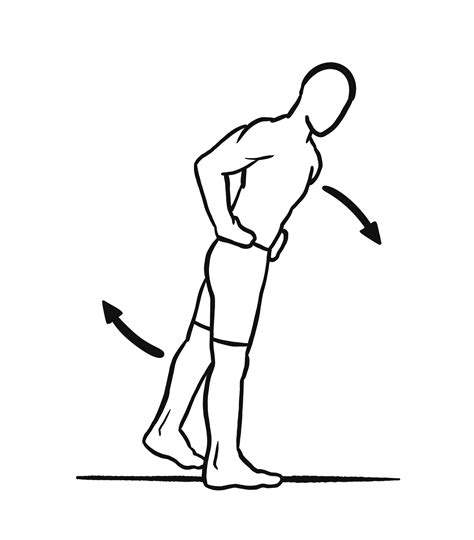
Executing the Lift: From Floor to Lockout
Once you’re properly set, the pull itself requires a coordinated effort between your legs, hips, and back. Think of it as pushing the floor away rather than pulling the bar up.
- The Pull: Initiate the movement by driving through your heels, extending your knees and hips simultaneously. The bar should travel in a straight line, close to your body. Your hips and shoulders should rise at roughly the same rate. Keep your core braced and your lats engaged throughout the ascent.
- The Lockout: As the bar passes your knees, forcefully extend your hips and squeeze your glutes at the top. Stand tall with your shoulders pulled back, but avoid hyperextending your lower back. Your body should form a straight line from your head to your heels.
- The Descent: To lower the bar safely, reverse the movement. Initiate by pushing your hips back first, then allow the knees to bend once the bar passes them. Maintain a braced core and controlled movement, guiding the bar back to the floor in the same path it ascended. Avoid simply dropping the weight, as this neglects the eccentric portion of the lift and can be risky.
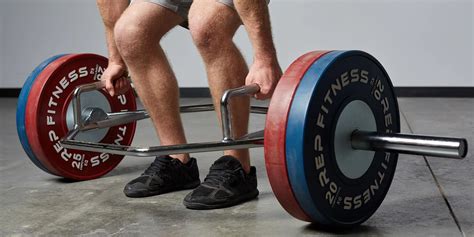
Common Pitfalls and How to Correct Them
Even experienced lifters can fall victim to common deadlift errors. Awareness and correction are key to progress and injury prevention.
- Rounded Back: This is perhaps the most dangerous mistake, putting immense stress on the spinal discs. Often caused by starting with hips too low, trying to ‘squat’ the deadlift, or losing lat engagement. Correction: Focus on the hip hinge, keep your chest up, and aggressively brace your core and engage your lats from the start. Reduce weight until form is perfect.
- Hips Shooting Up Too Fast: If your hips rise significantly faster than your shoulders, it indicates you’re pulling predominantly with your lower back rather than driving with your legs. Correction: Focus on pushing the floor away with your legs first, ensuring your hips and shoulders rise together. Think about maintaining the same angle of your back relative to the floor for as long as possible.
- Losing Bar Closeness: If the bar drifts away from your body, it creates a longer lever arm, increasing the strain on your lower back. Correction: Actively ‘sweep’ the bar towards you with your lats. Imagine dragging the bar up your shins.
- Overextending at the Top: Leaning back excessively at lockout places unnecessary stress on your lumbar spine. Correction: Finish the movement by standing tall and squeezing your glutes, not by arching your back.

Unlocking Maximal Power and Preventing Injury
By meticulously refining your deadlift form, you unlock a multitude of benefits:
- Increased Strength and Power: Optimal form allows for better muscle recruitment, enabling you to lift heavier weights safely and develop true full-body power.
- Reduced Injury Risk: A proper setup and execution minimize strain on vulnerable areas like the lower back, knees, and shoulders, significantly decreasing the likelihood of strains, sprains, and more serious injuries.
- Enhanced Muscle Development: When performed correctly, the deadlift effectively targets the posterior chain (glutes, hamstrings, lower back), traps, lats, and forearms, leading to balanced and functional strength.
- Improved Overall Athleticism: The deadlift’s ability to teach full-body bracing and coordinated force production translates into better performance in other lifts, sports, and daily activities.
Conclusion
The deadlift is a formidable tool in any strength-building regimen, but its potential can only be fully realized through a commitment to impeccable form. Take the time to master each phase of the lift – from your initial setup to the controlled descent. Regular practice, potentially with lighter weights initially, and occasional video analysis can help you identify and correct inefficiencies. Prioritize perfect form over ego lifts, and you’ll not only unlock maximal power and strength but also ensure a long, injury-free lifting journey, allowing you to continually progress and reap the full rewards of this foundational exercise.
